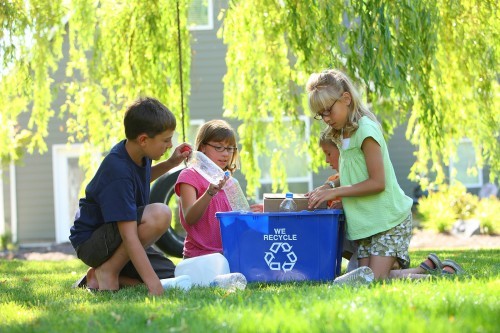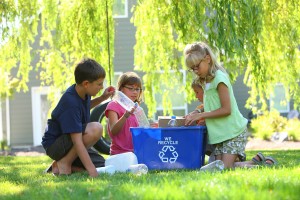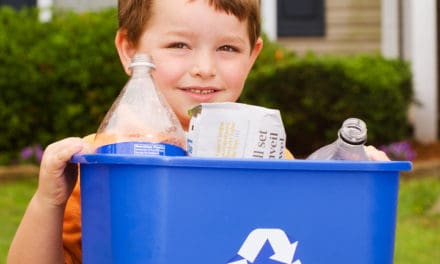Courtesy of studentgroups.ucla.edu
One ton of paper made completely from recycled scrap saves 7000 gallons of water, 4100 kilowatt-hours of energy, three cubic yards of landfill space, and 17 trees.
Recycling 1 ton of glass saves the equivalent in energy of 10 gallons of oil.
Americans represent only 5% of the world’s population, but generate 30% of the world’s garbage.
Every individual in the United States produces an average of 4.3 lbs. of garbage every day, yet only 1/2 people recycle! And you can hire a bin for your house for next to nothing in monthly fees.
Producing a soda can from recycled aluminum uses 96% less energy than manufacturing a can from ore and produces 95% less air pollution and 97% less water pollution.
Over a ton of resources are saved for every ton of glass recycled:
-1,330 lbs. of sand
-433 lbs. of soda ash
-433 lbs. of limestone
-151 lbs. of feldspar
Every ton of paper recycled saves enough energy to heat and air condition the average American home for at least six months.
Americans use four million plastic bottles every hour, yet only one out of four is recycled.
1 ton of aluminum saves the equivalent in energy of 2,350 gallons of gasoline. This is equivalent to the amount of electricity used by the typical home over a period of 10 years!
The average American uses 650 lbs. of paper a year.
More than half of plastic containers still go straight into landfills or incinerators.
Glass never wears out — it can be recycled forever! Bad news: Americans throw away enough glass bottles and jars every two weeks to fill the 1,350-foot towers of the World Trade Center. Good news: Americans recycled enough glass last year to fill New Jersey’s Giants Stadium more than 3 ½ times.
The energy saved from recycling aluminum in 1993 alone was enough to light a city the size of Pittsburgh for six years.
“Tin” cans (like those used for tuna and soup) are actually 99% steel. Americans throw away enough steel every year to build all the new cars made in America.













